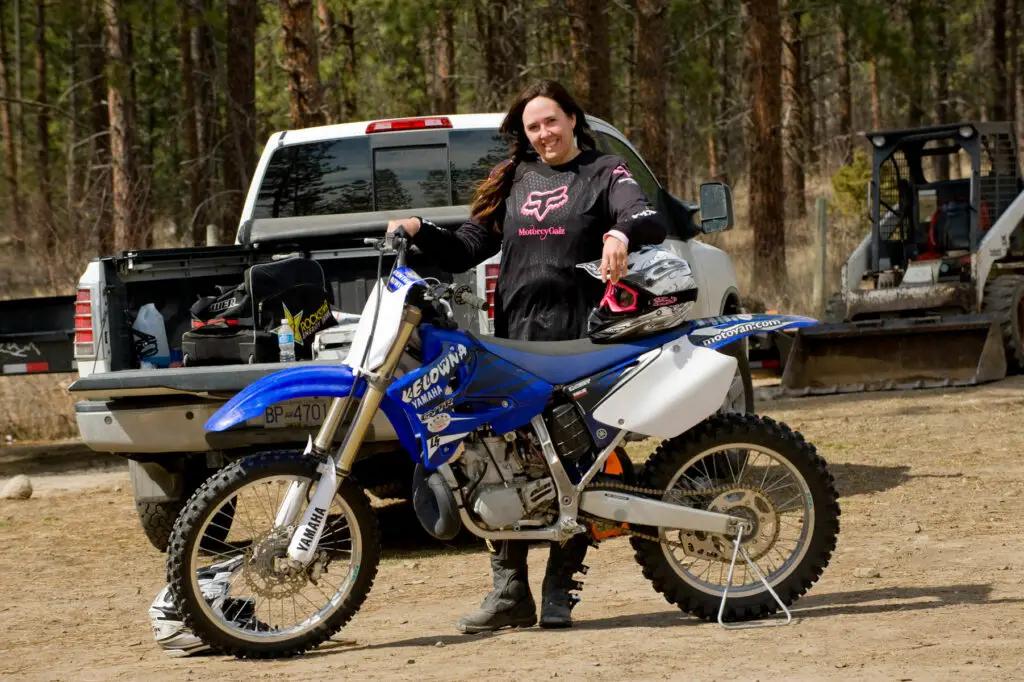
No matter what age you are, the motocross principles are the same
I have to hand it to motocross riders and racers out there. A day of riding at the track is physically and mentally challenging.
Kelowna Dirt Bike Club hosted Moto 101 at Bear Creek MX track and I was graciously invited to take part and brush up on my skills. With the second annual MX Ride for the Cure coming May 15, I thought it would be most appropriate to see where I was at.

First things first – sound checking all the bikes and marking them with a 2011 test sticker. Like so many other situations in the Province, the track was first, the homes came second, and the complaining began.
Yamaha Motor Canada and Kelowna Yamaha got together and provided me with a 2009 YZ250, two stroke bike designed for the track.
I have not understood the difference between a two stroke and four stroke. My dirt bike days have simply meant getting on and going as long as I could touch the ground.
I received an education yesterday. A two stroke bike has to be kick started and let me tell you, for me, it was not easy although standing on a box to get some height and inertia into your kick is helpful.
2010 YZ250 tech specs from www.yamaha-motor.ca
| Engine | 2-stroke, liquid-cooled, reed-valve, single |
| Displacement | 249 cc |
| Bore and Stroke | 66.4 x 72 mm |
| Compression Ratio | 9.2~10.9:1 |
| Fuel Delivery | Keihin PWK38S |
| Ignition / Starting | CDI / Kick |
| Transmission | 5-speed |
| Final Drive | Chain |
| Suspension (Front) | Adjustable 48 mm inverted fork / 300 mm (11.8″) travel |
| Suspension (Rear) | Fully adjustable link Monocross / 315 mm (12.4″) travel |
| Brakes (Front) | 250 mm floating disc |
| Brakes (Rear) | 245 mm disc |
| Tires (Front) | 80/100-21 |
| Tires (Rear) | 110/90-19 |
| Length | 2,184 mm (86″) |
| Width | 827 mm (32.6”) |
| Height | 1,309 mm (51.5”) |
| Wheelbase | 1,481 mm (58.3”) |
| Ground Clearance | 385 mm (15.1″) |
| Seat Height | 997 mm (39.3”) |
| Fuel Capacity | 8 litres (1.8 imp. gallons) |
| Wet Weight | 104 kg (228.8 lbs) |
| Colour(s) | Yamaha Blue |
What’s the difference? The two stroke provides a much quicker reaction for the cc of the bike. The power is delivered instantly which is perfect for the MX rider. When the rider needs power, they have it. I found the bike a bit more difficult to handle in the corners due to my lack of MX experience and personal strength. In this instance, a four stroke was easier to manage for me because I am used to trail riding and casual dirt bike riding. However, this was an MX track and the idea was to develop MX skills.
Moto 101 was a great mix of riders from as young as 5 years old to – well, me. I recognized one of the riders where he is an elite hockey player. Being a fit, young athlete, I asked him how MX riding physically compared to hockey. He said it was equally difficult. A fellow next to him stated that he was an athletic individual participating in all kinds of sports from mountain biking, to wakeboarding, etc. and in his athletic endeavors, MX riding has challenged his physical capabilities the most. What on earth am I doing here? lol
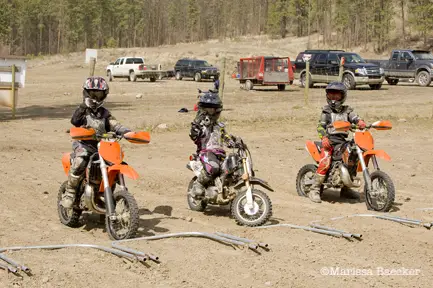
The morning was spent developing and practicing specific skills. Braking first and foremost and learning when to use the back and front brakes. I spent some time riding toward the instructor and then using only the back brake and feeling the movement of the bike and sliding in the dirt.
Some terminology clarification:
Kicker – that is the kick start of the two stroke bike and not what you should do when you can’t get the bike started;
Bump – when you get so frustrated with the kick start that you begin to swear (no names mentioned), pop the bike in first and have a couple of people push you, pop the clutch and give it some gas and lo and behold the bike will start without breaking into a sweat;

Whoops – new term for whoo dee doos (pictured above) – the set of five or six bumps and dips in a row that can cause you major grief if you are seated or grab the throttle too hard to hang on (4 stroke bike smacked me in the butt – two stroke bike was easier in this area);
Huck – that’s a jump – I was worried that it meant something was going to be thrown at us while we were riding to test our reaction time; table top- a flat section on the top of a jump; then it was on to the track.
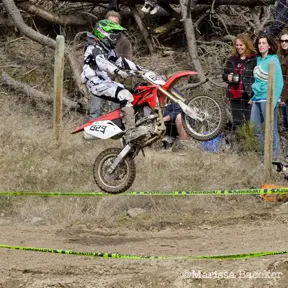
First I learned positioning on the bike. Stand. Don’t sit if you don’t have to. Stand. Have a somewhat relaxed grip on your handlebars and elbows and head up. Practice an aggressive riding position giving a somewhat square body frame over the bike. No leaning over, no sticking your butt out.
From there it was into the corners where your allowed to sit on the bike but in this case it was slide forward as much as possible and sit on the tank if you can as you corner. Then it was a briefing on hucking. What to expect as you head up a jump, where you power should be, yes you should still be standing (as the photo of an MX racer shows), how to land it properly and stay within your ability.
Thank goodness I got to take a break for lunch but after lunch it was throw all your skills together and hit the track. The more skilled riders would go together and the beginners after that trading off for the remainder of the afternoon.
As the day progressed my body began to protest although I can proudly say that the strength program that Shane Pizzey of Aspire developed for me is working as I noticed a huge change in my leg strength. Never thought I would ever say this but “More lunges”.
As I returned to the track on what would be my last lap of the day, I was fatigued. I could barely stand on the bike anymore and my legs and arms were shaky and somewhat rubber. Needless to say, I bit the dust in a corner and smacked my head in the dirt (that really smarts even with a helmet on). I sat there a moment awaiting the passing of the pain in my head when the first bike came upon me and a muffled voice from behind a helmet asked, “Are you ok? Do you want me to get my dad?”
As I looked up, I was looking at the wide goggle clad eyes of a boy who must have been all of 8 years old on his YZ80. I gave him the thumbs up, he rode on, I picked myself up, then the bike, started it up and left the track. lol
I spent the next 30 or so minutes riding the parking lot and trying all my newly acquired track skills on flatter, more predictable, uneven ground. One important thing I discovered that wasn’t taught to us on the track is what we learned in road bike training. Don’t look at the ground and look where you want the bike to go. That was my big Ah HA moment. On the track I was looking only at the terrain rather than ahead and looking where I wanted the bike to go. I think that would have helped a lot in the corners but I will have to try it again to be sure.
Once I did that in the parking lot, the bike became a whole lot easier to operate and I actually began making my way past second gear. Did you know you can change gears on MX bikes without using your clutch? It’s a skill but it can be done.
Thank you for the great support from our local dealers when it comes to gearing up. Innovative Motor Sports and Kelowna Yamaha and thank you to Kelowna Dirt Bike Club for the great day in the dirt – I will be back.
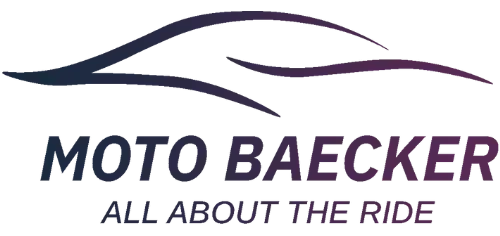
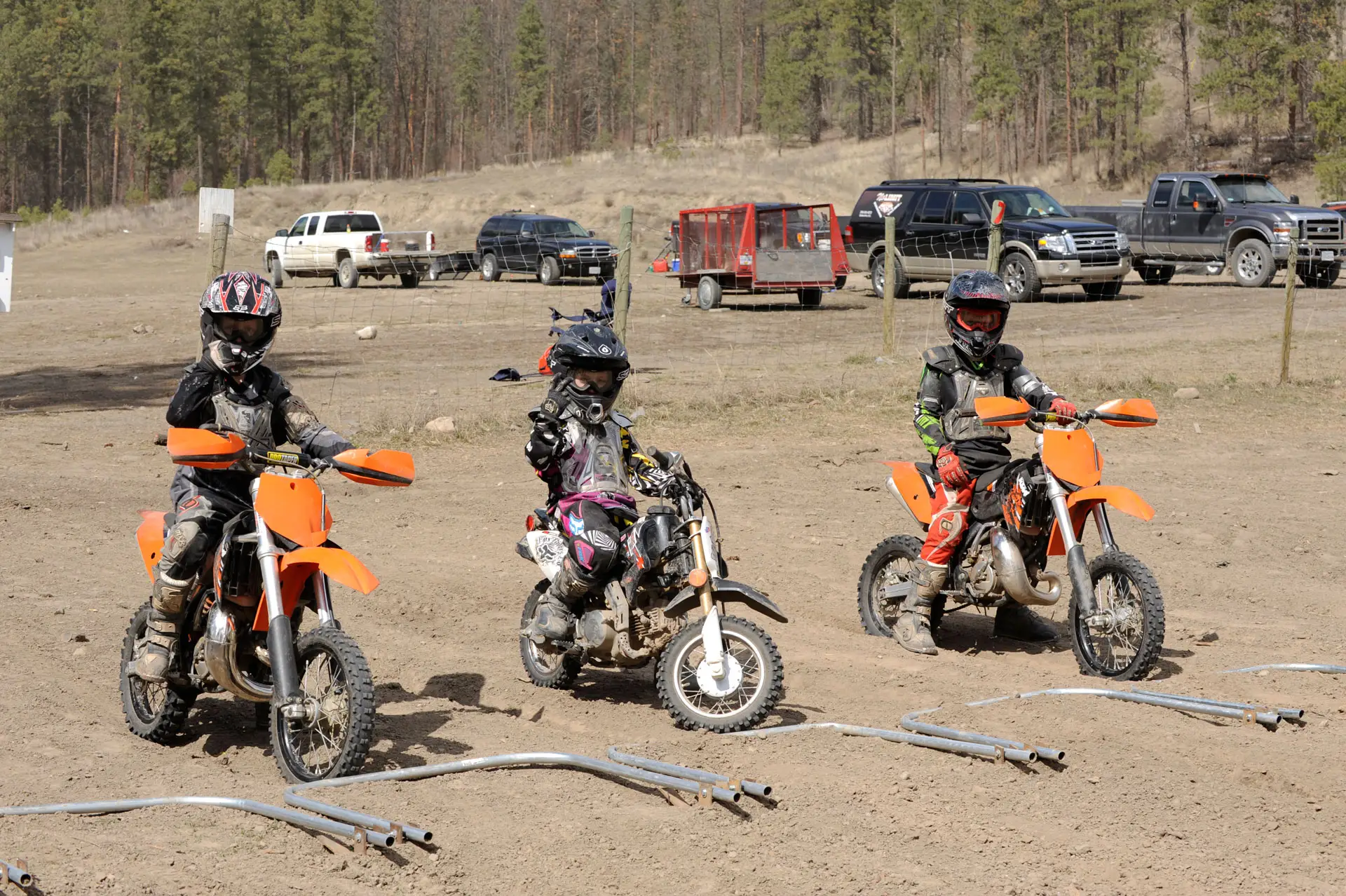
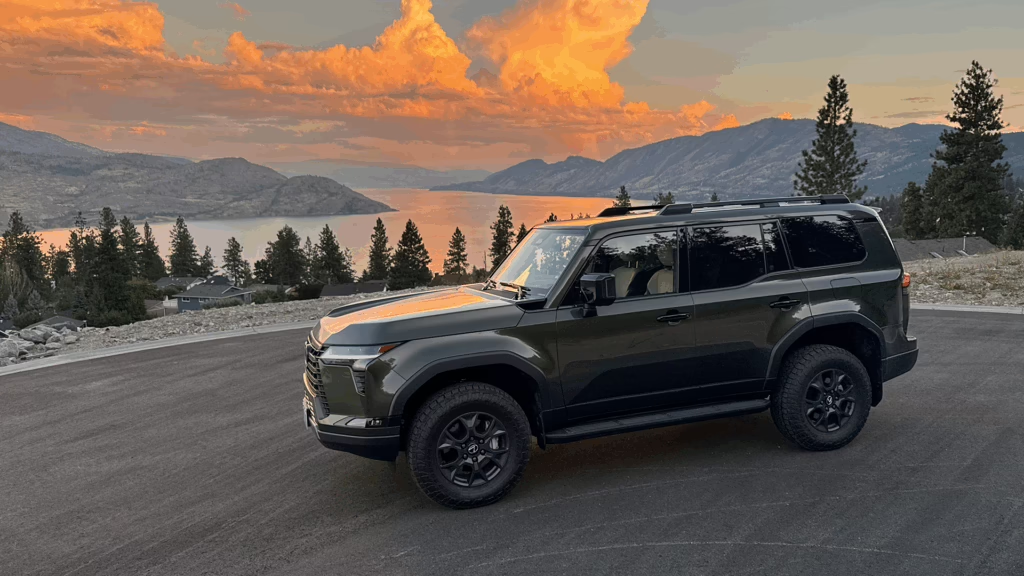
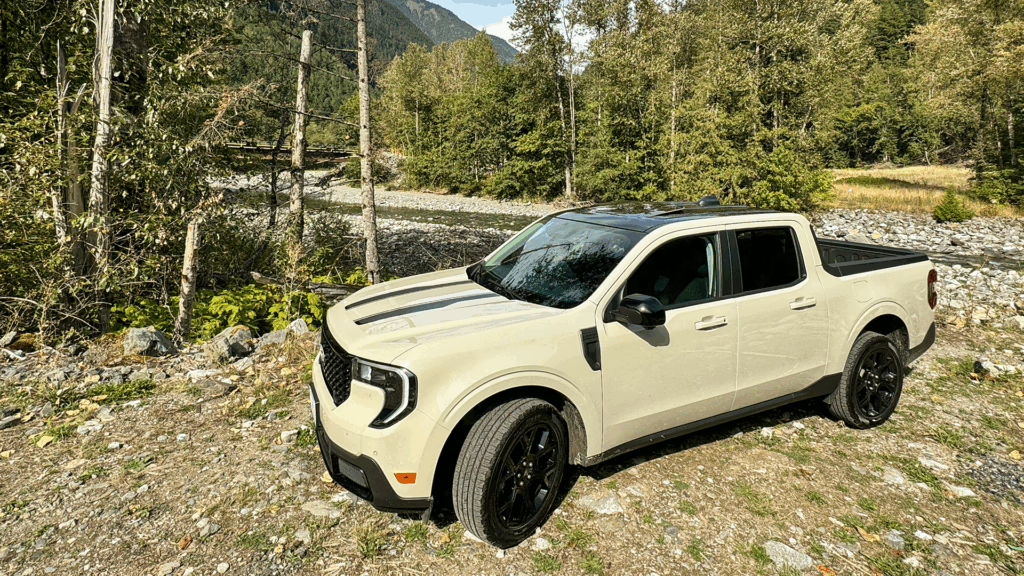
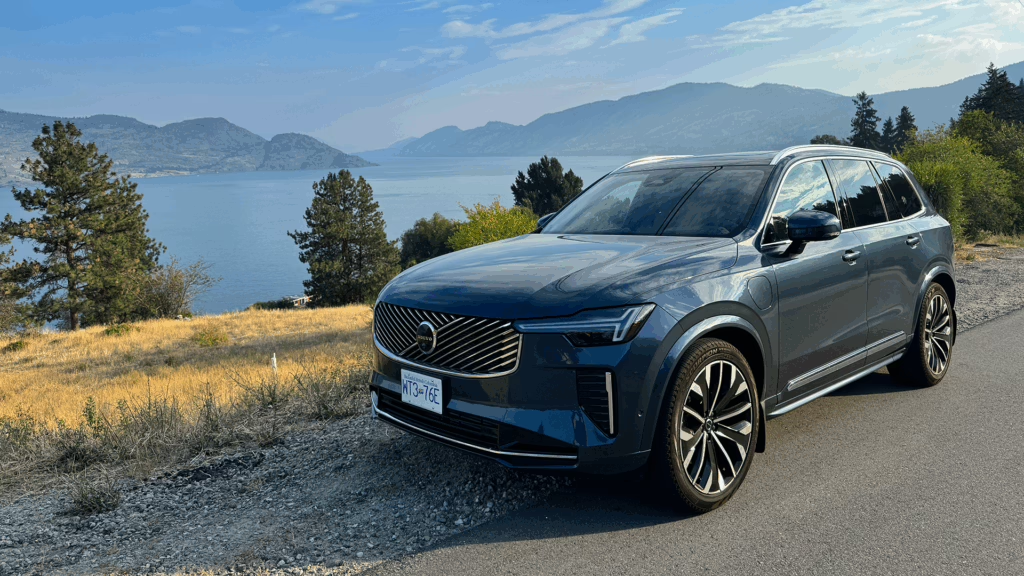
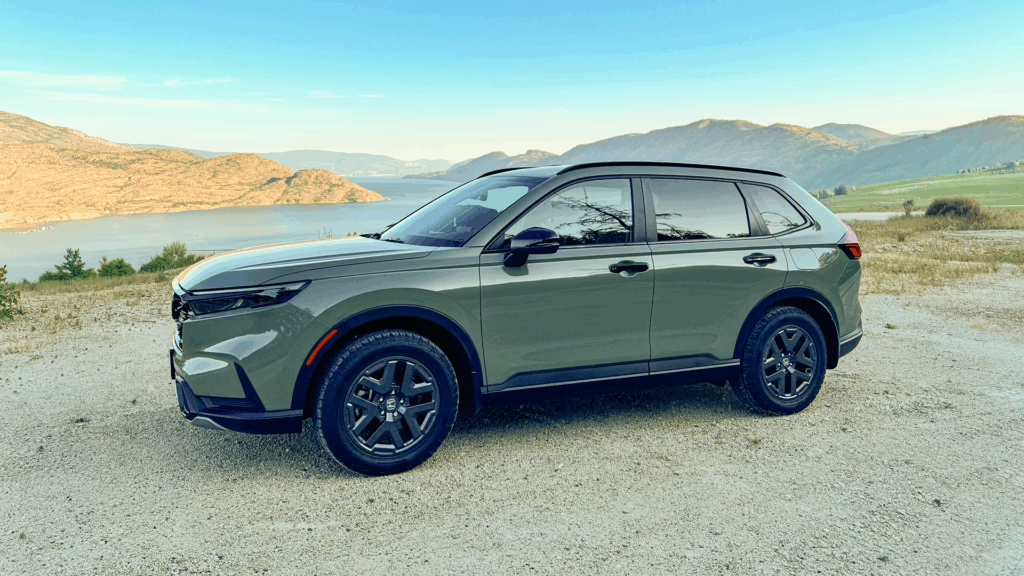
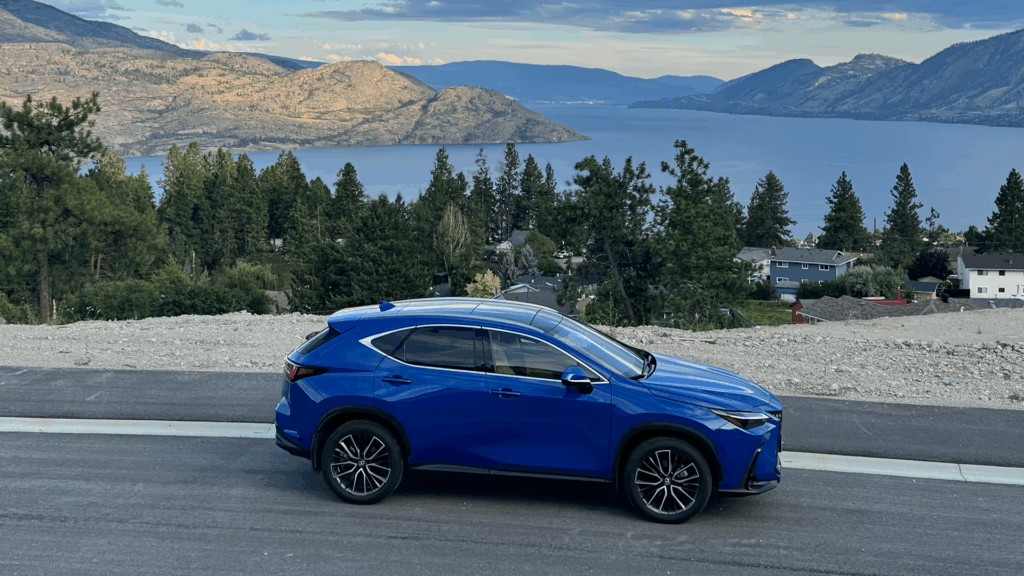
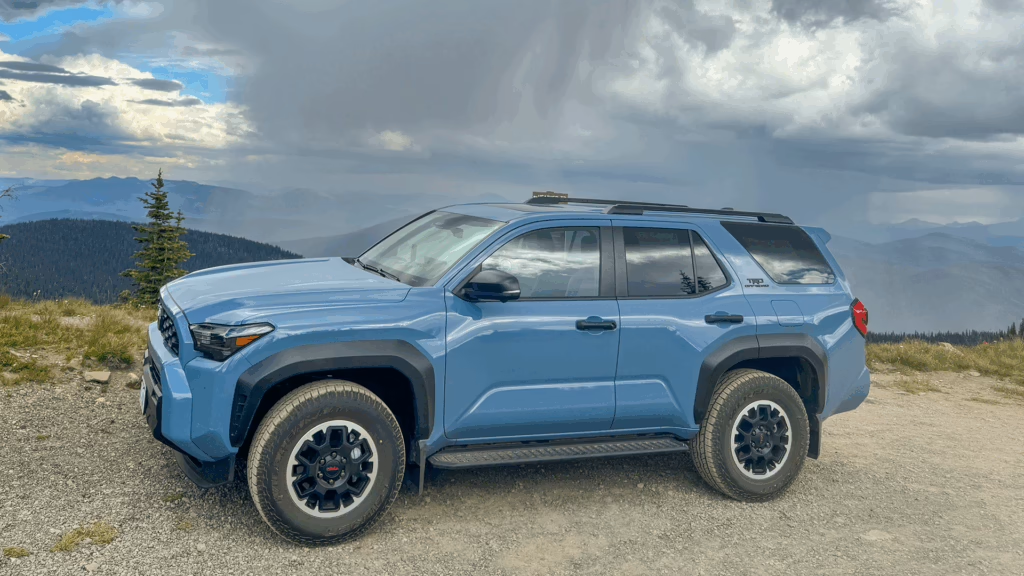
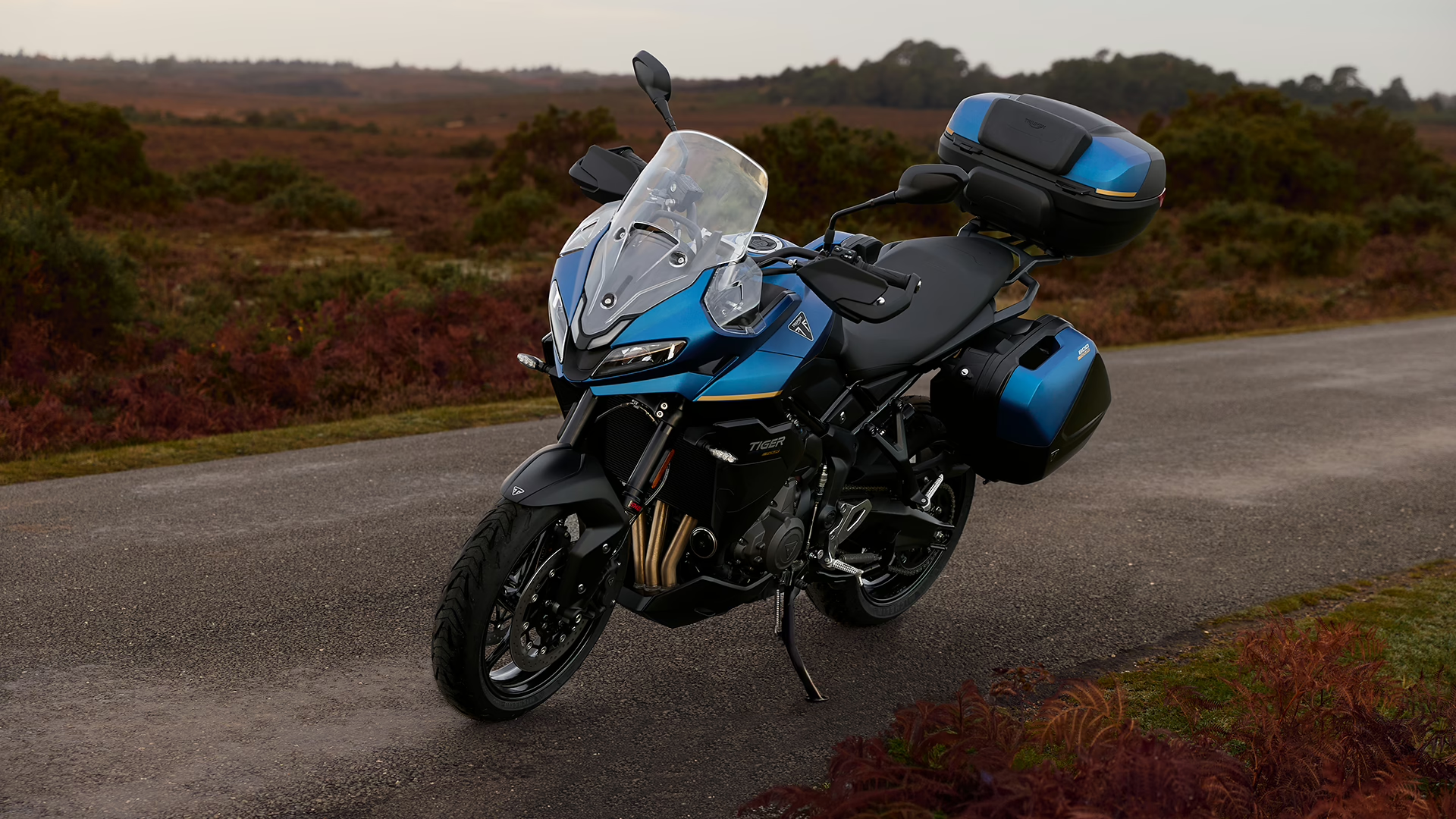
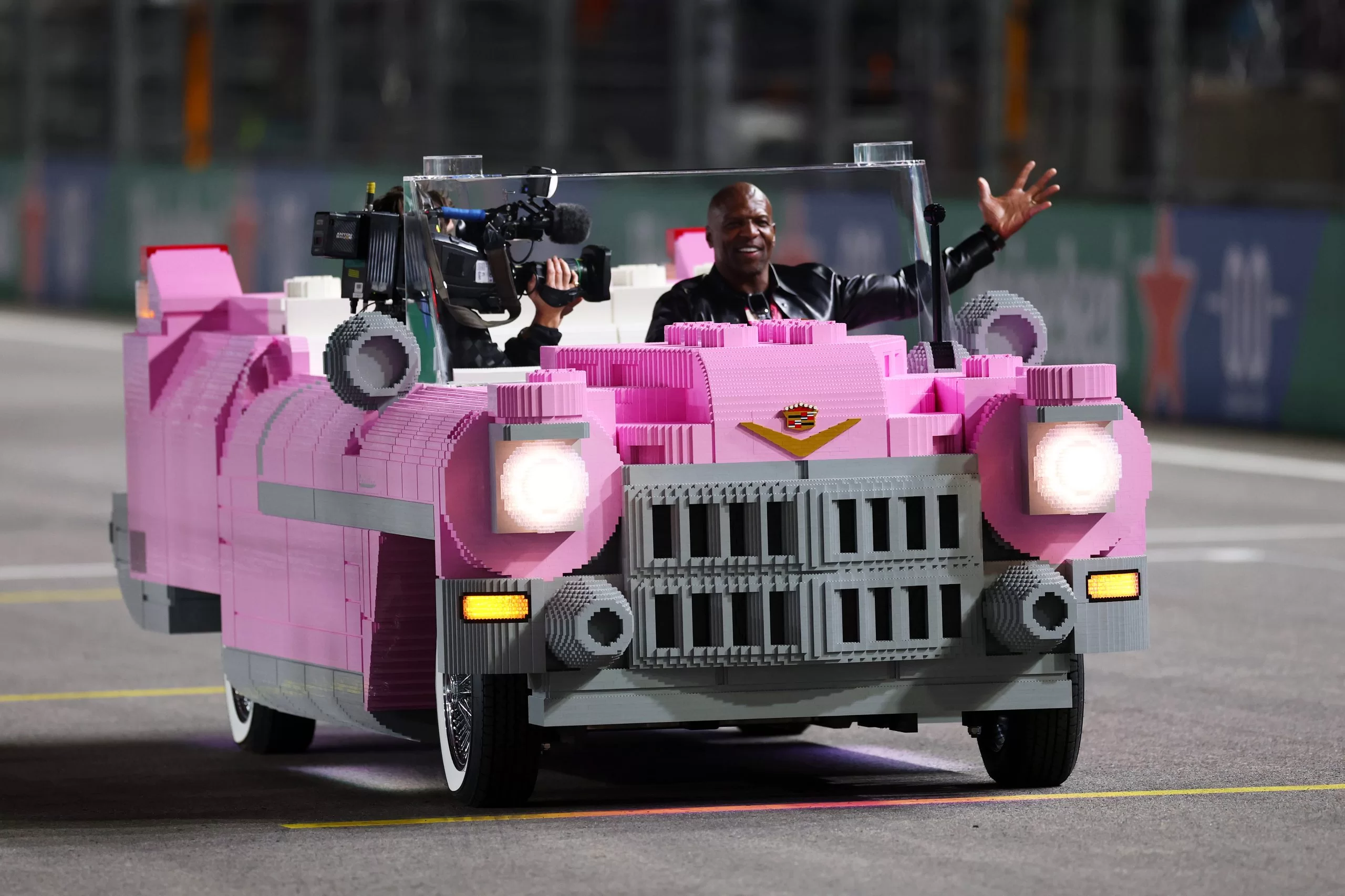
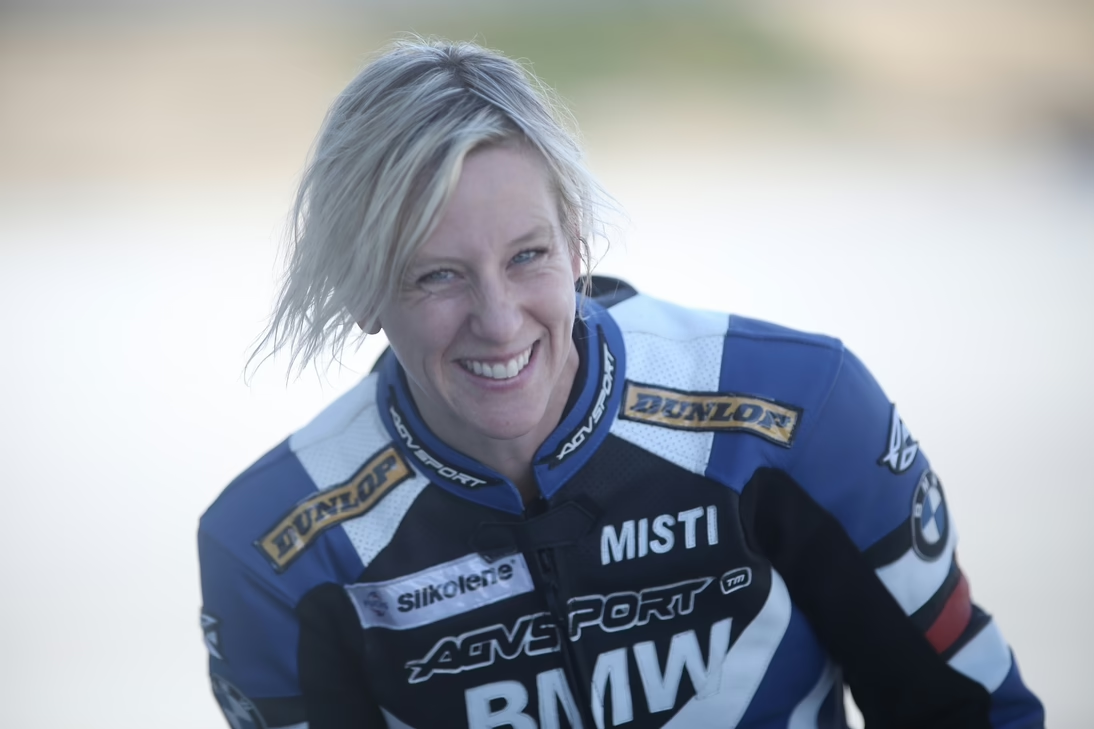

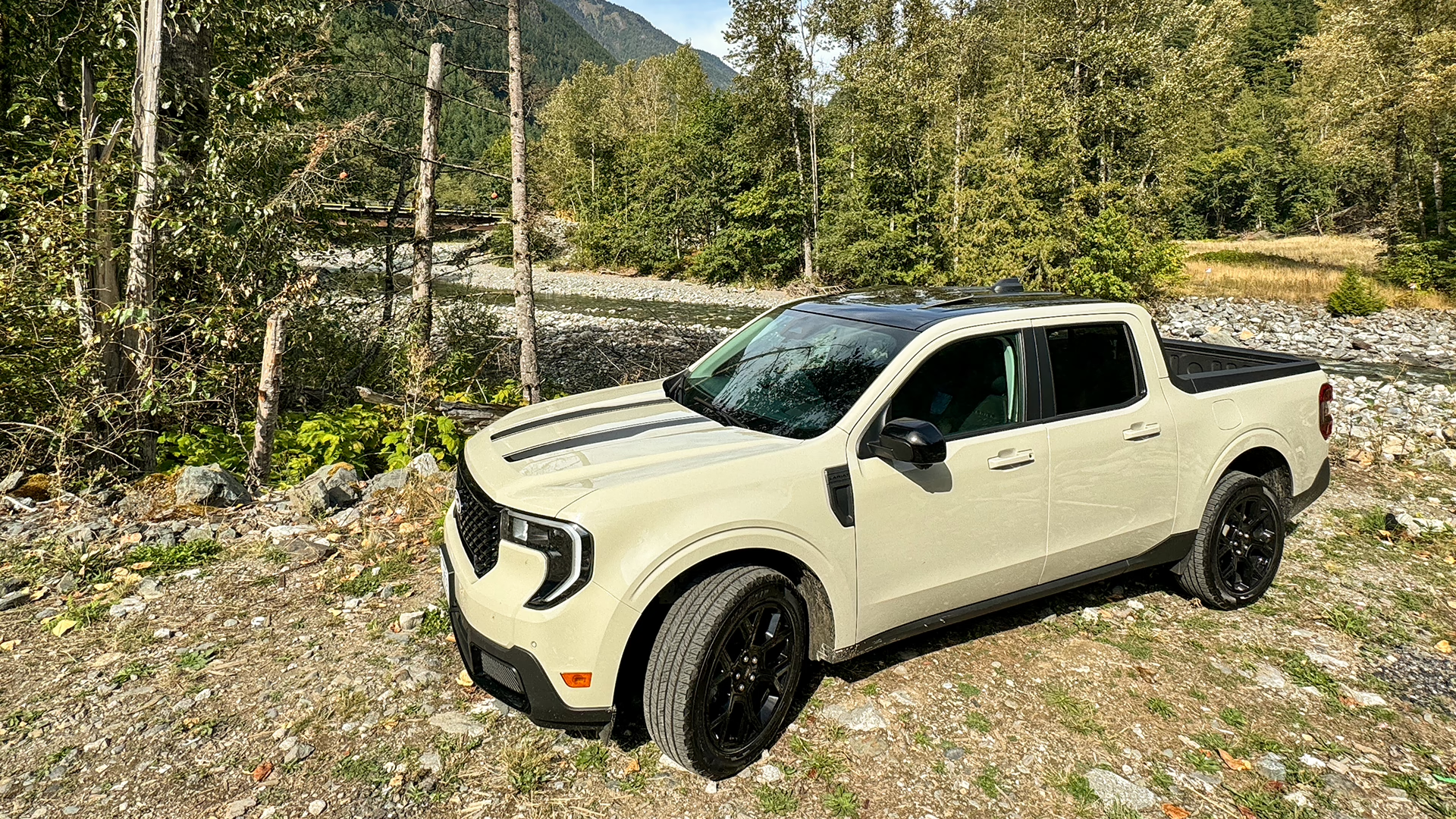

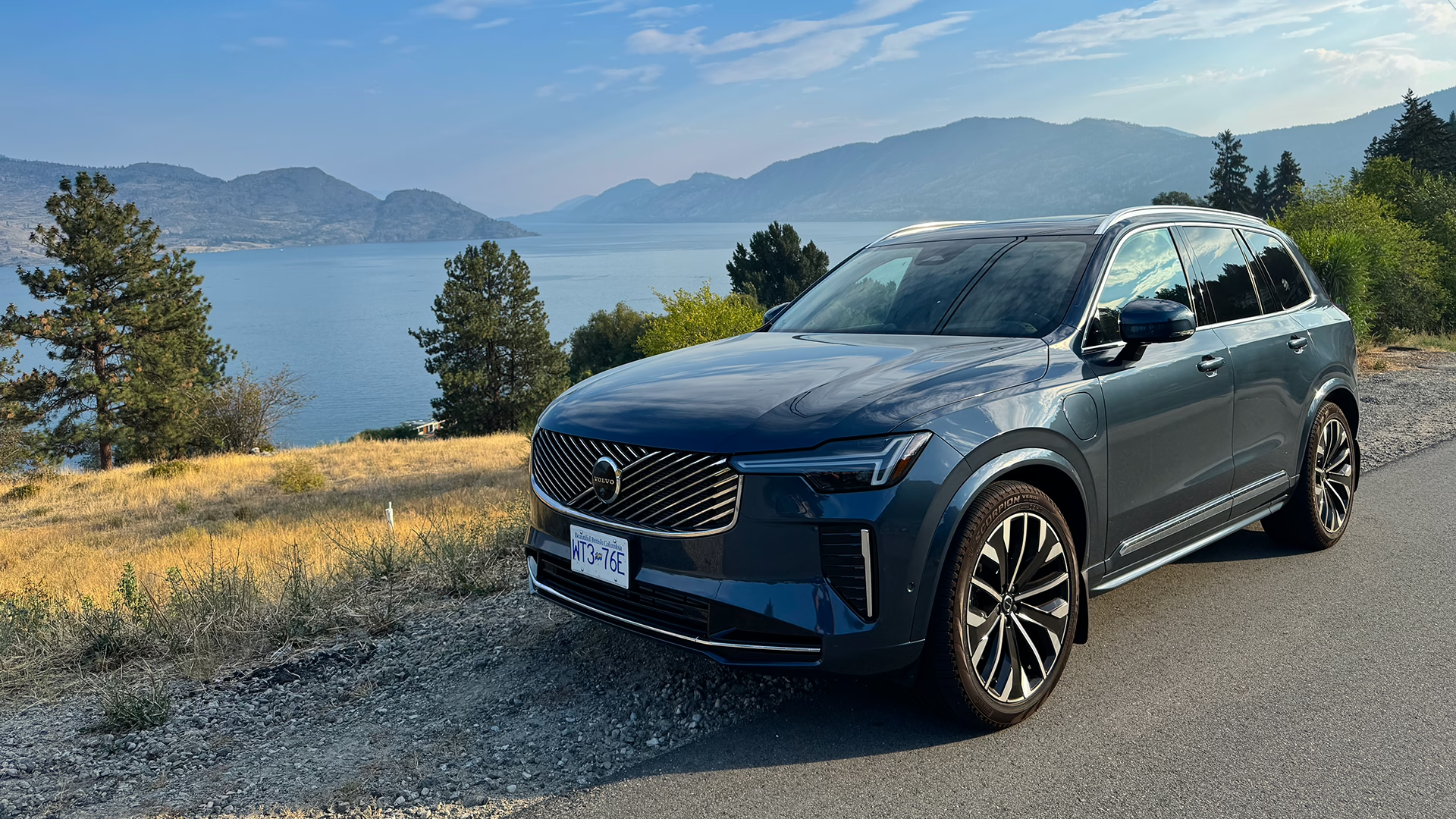
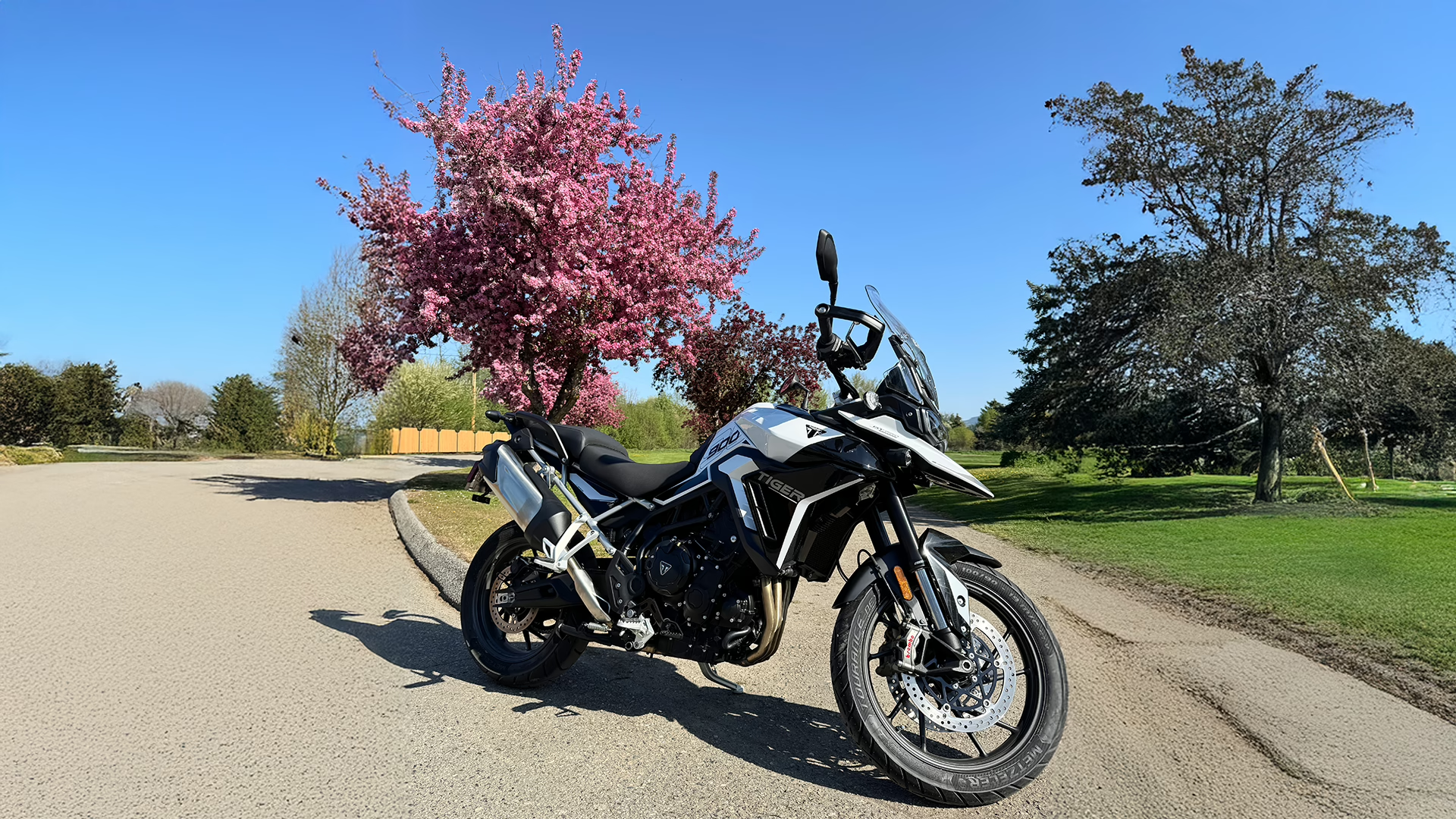
One Response